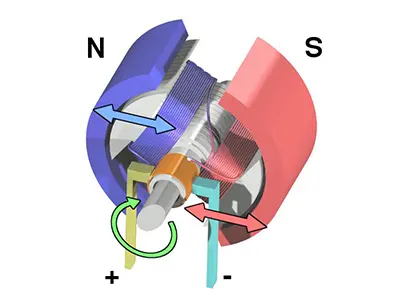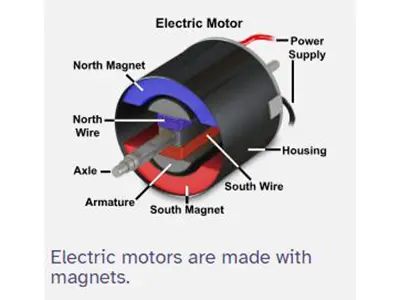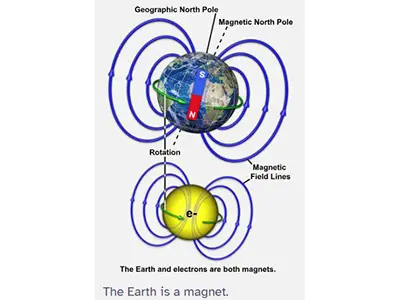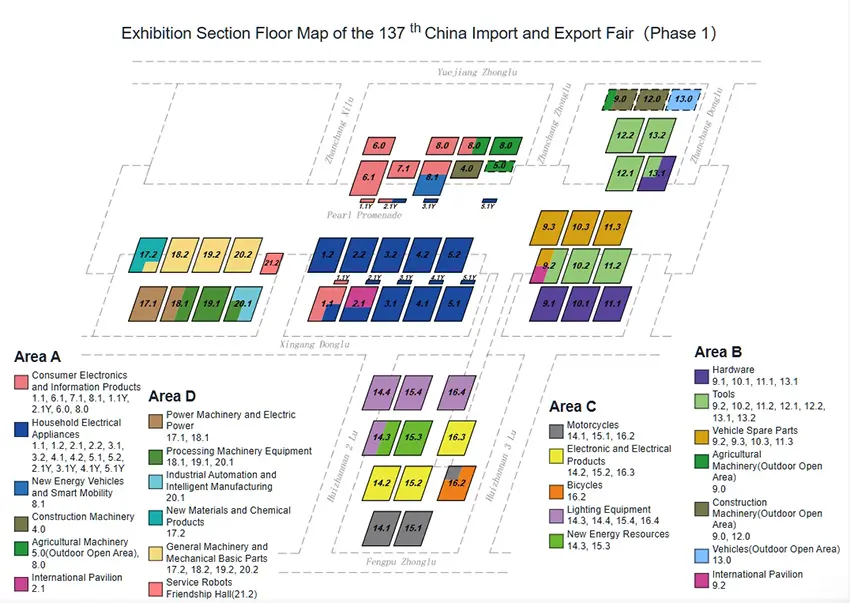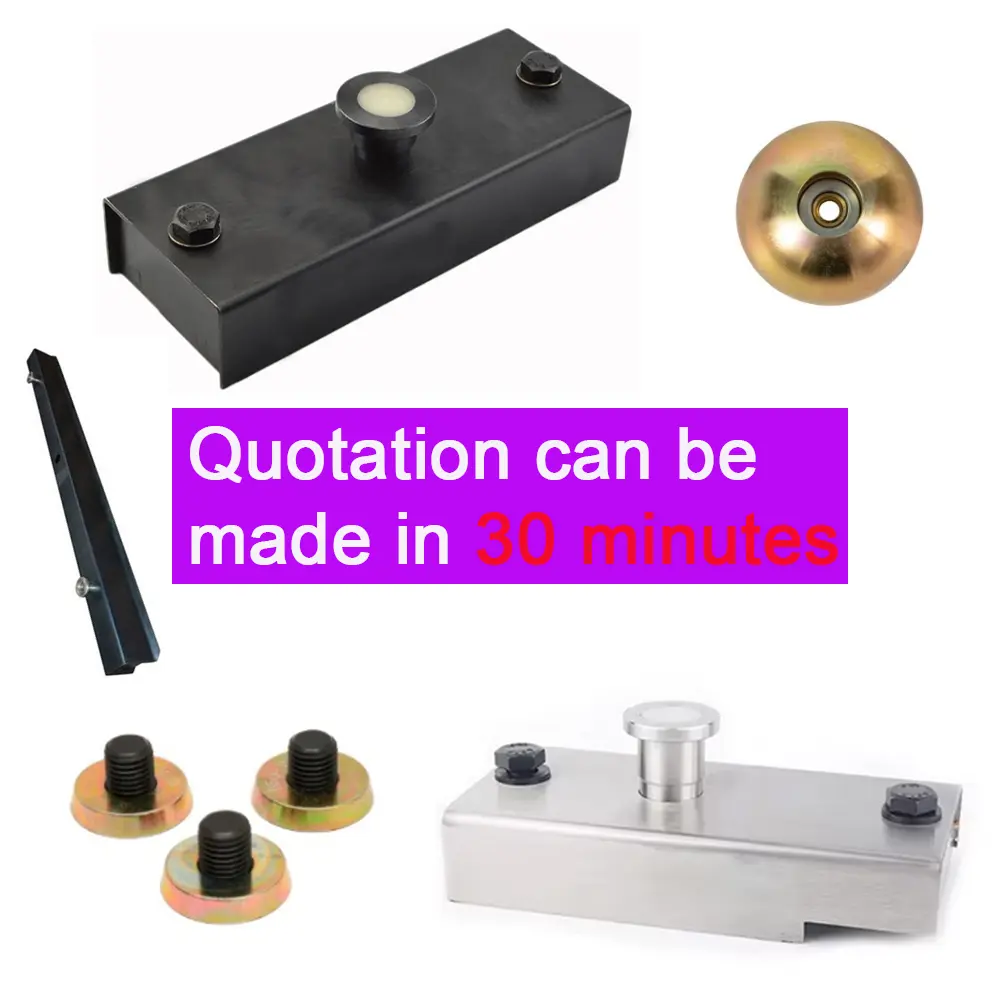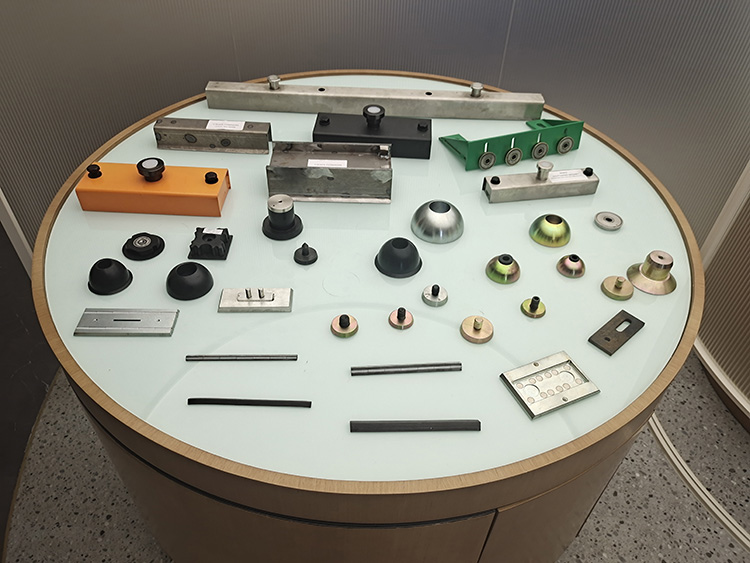Tesla's Shift to Ferrite Magnets
When added to more familiar elements, like iron and boron, the metal can help create a powerful, always-on magnetic field. But few materials have this quality. And even fewer generate a field that is strong enough to move a 4,500-pound Tesla—and lots of other things, from industrial robots to fighter jets. If Tesla planned to eliminate neodymium and other rare earths from its motors, what sort of magnets would it use instead?
One thing was clear to the physicists: Tesla had not invented a fundamentally new magnet material. “You get a new commercial magnet a couple times a century,” says Andy Blackburn, EVP of strategy of Niron Magnetics, one of the few startups trying to notch up the next such revelation.
More likely, Blackburn and other flux heads figured, was that Tesla had decided it can make do with a much less powerful magnet. The obvious candidate from the short list of possibilities, most of which include expensive and geopolitically fraught elements like cobalt, was ferrite: a ceramic of iron and oxygen, mixed with a bit of a metal such as strontium. It’s cheap and easy to make, and has kept refrigerator doors everywhere stuck shut since the 1950s.
But ferrite also packs only about one-tenth the magnetic punch as neodymium magnets, by volume, which raises new questions. Tesla CEO Elon Musk is known for being uncompromising, but if Tesla is switching to ferrite, it appeared that something's got to give. (The company did not respond to a request for comment.)
It’s tempting to think the battery is what makes an EV go, but really it’s electromagnetism that moves an electric car. (It’s no coincidence that Tesla, the company, and tesla, the unit of magnetism, are named after the same guy.) When electrons flow through coils of wire in the motor, they create an electromagnetic field that pushes against opposing magnetic forces, rotating the motor’s shaft and causing the wheels to spin.
For the rear wheels of a Tesla, those forces are provided by a motor with permanent magnets, materials with the strange property of having a steady magnetic field, without any electrical input, thanks to the well-orchestrated spin of electrons around its atoms. Tesla only started adding these magnets to its cars about five years ago to eke out more miles and boost torque without upgrading the battery. Before that it used induction motors built around electromagnets, which become magnetic by consuming electric current. (Those are still in use in models that have front motors.)
